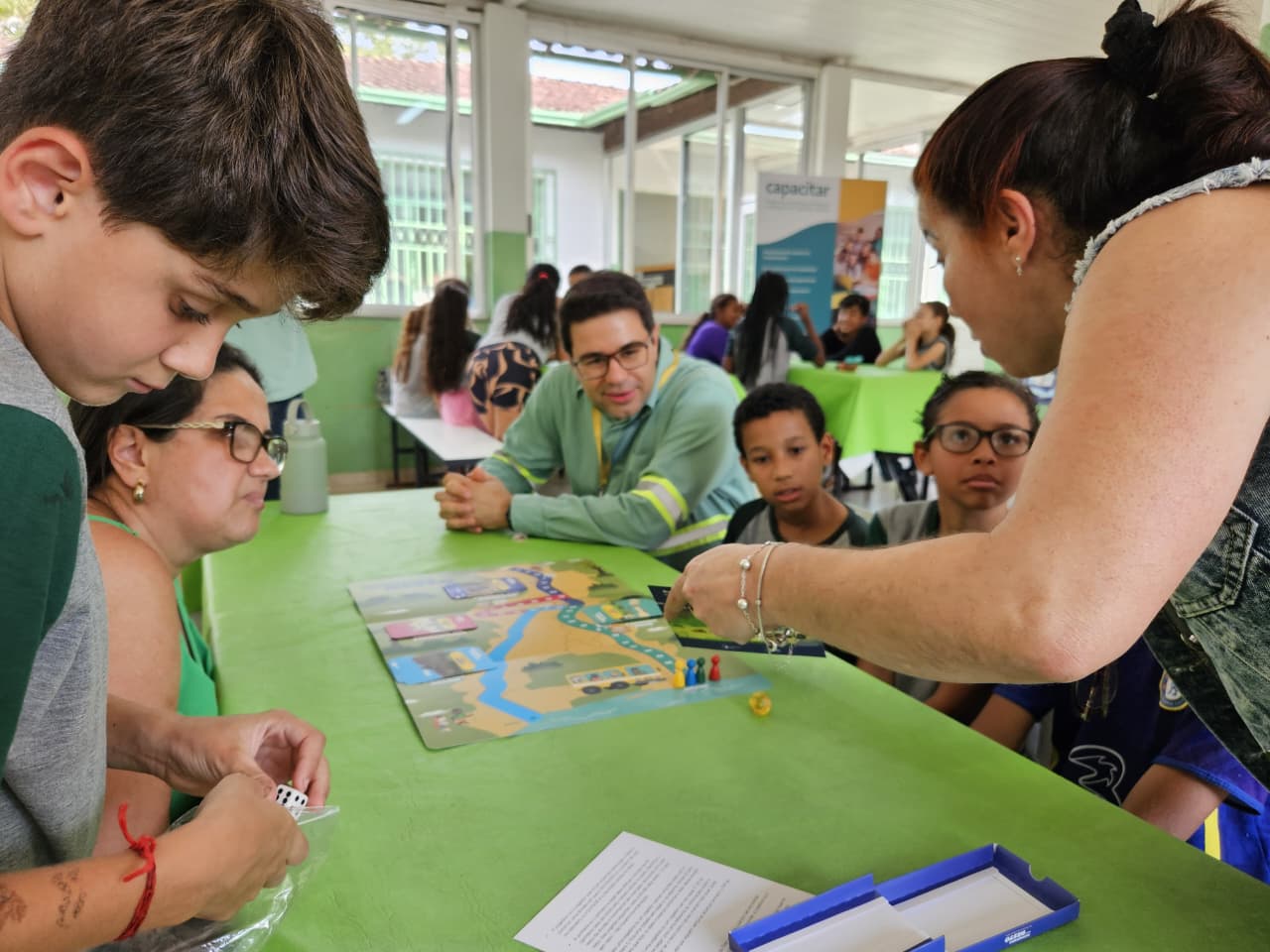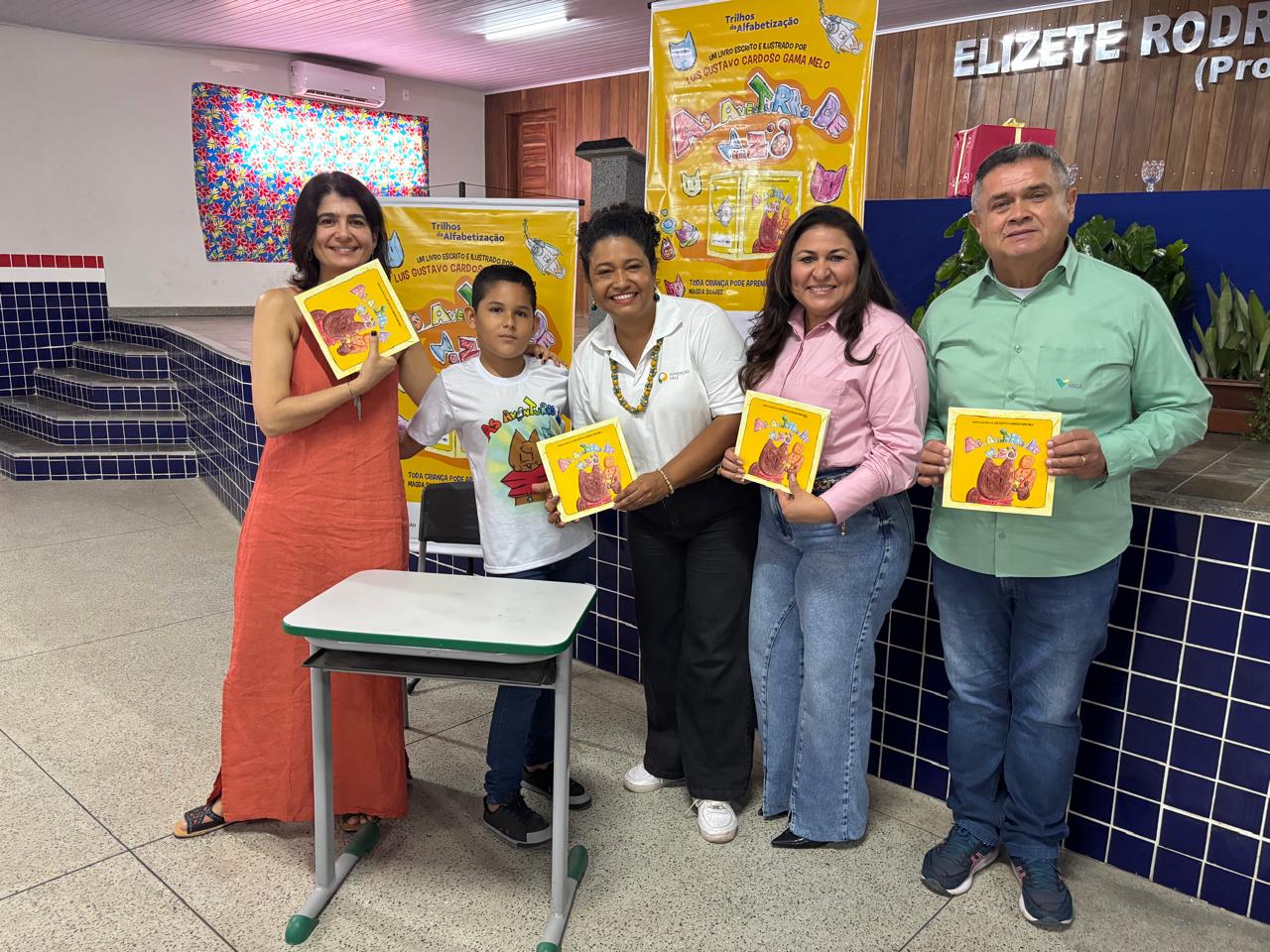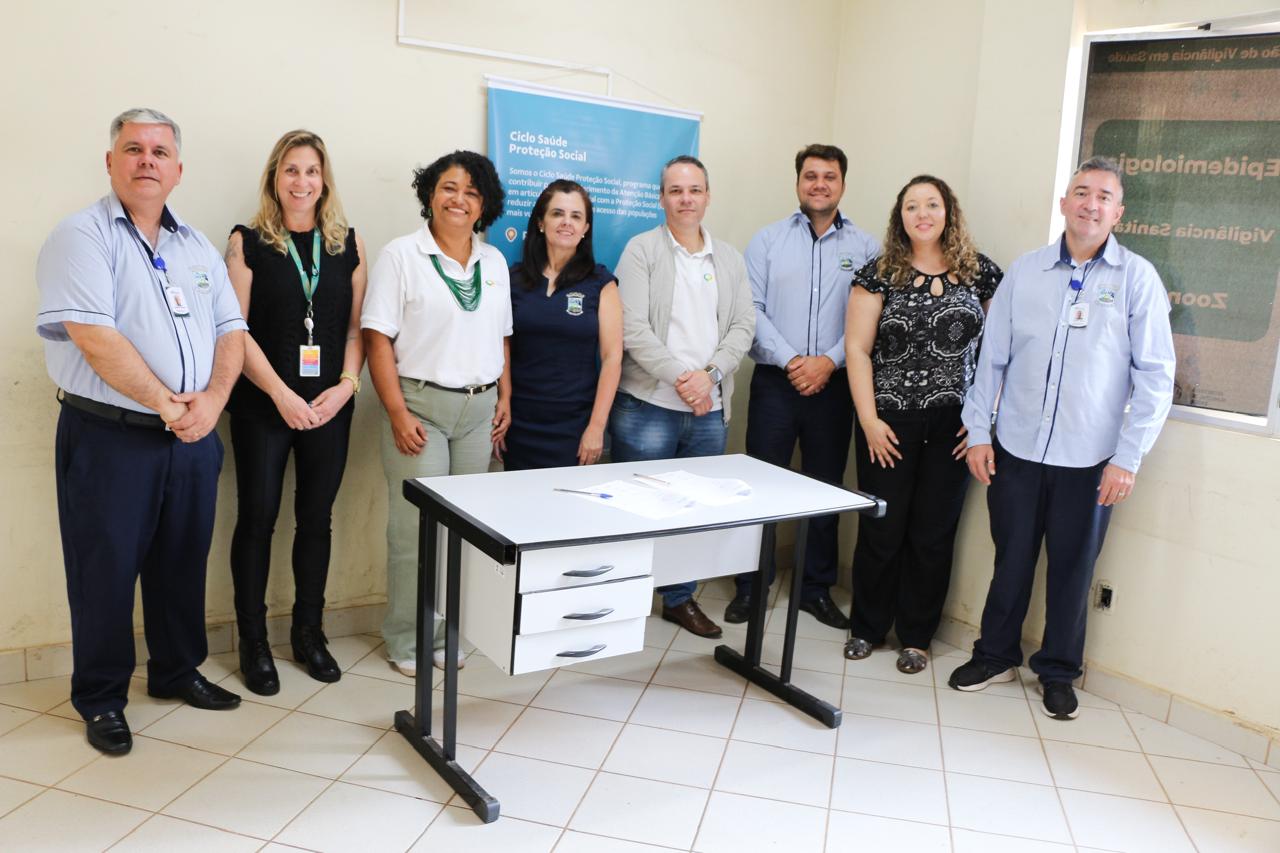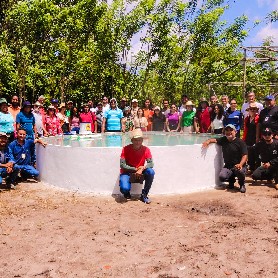UNICEF study, with support from the Vale Foundation, reveals that Brazil has 32 million children and adolescents living in multidimensional poverty

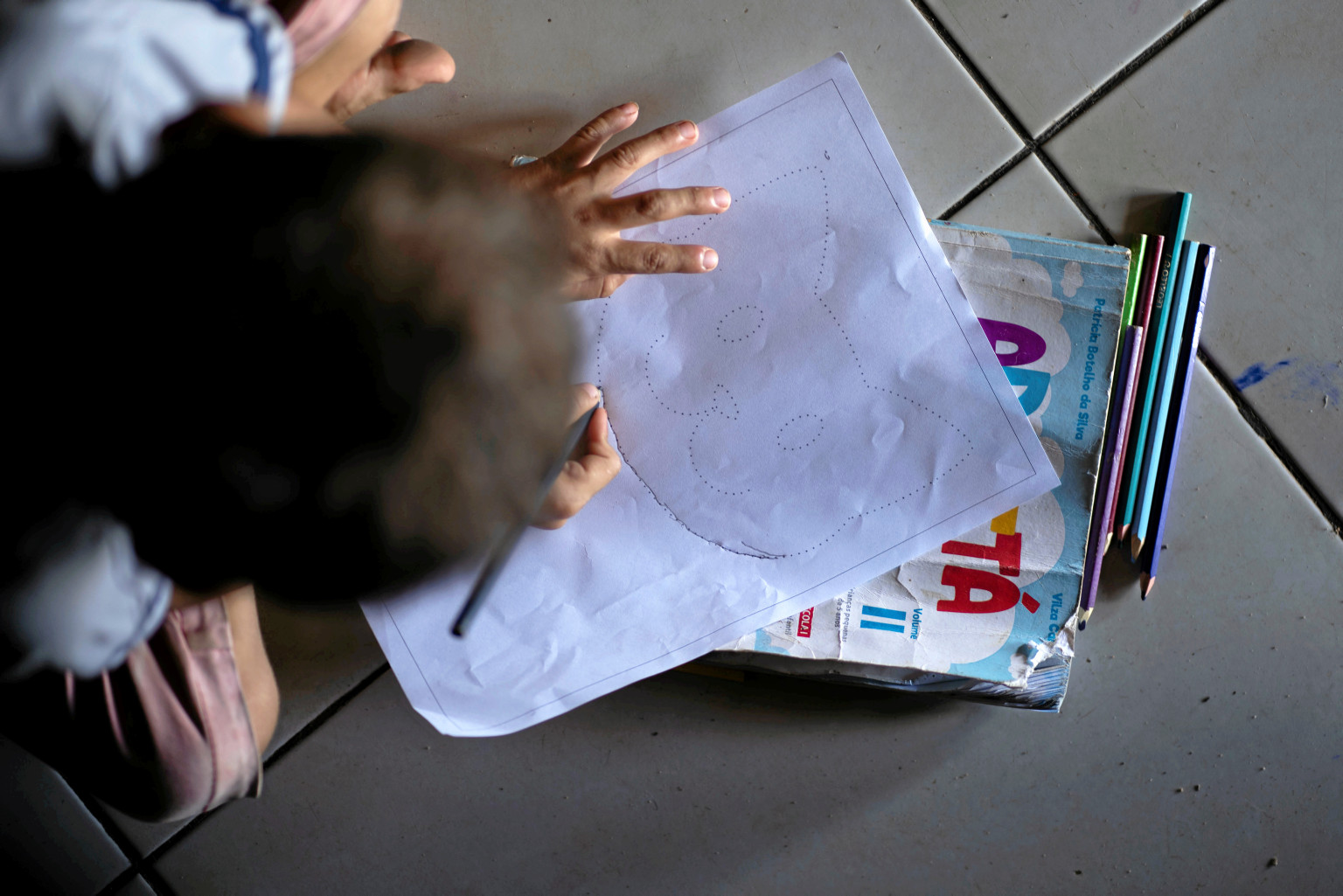
The study “As Múltiplas Dimensões da Pobreza na Infância e na Adolescência no Brasil”, carried out by UNICEF with support from the Vale Foundation, revealed that in Brazil, at least 32 million girls and boys (63% of the total) live in poverty, in its multiple dimensions. As governments begin new mandates, UNICEF warns of the urgency of prioritizing public policies with sufficient resources, aimed at children and adolescents in the country. The study is available here.
The scenario, already worrying in 2019, worsened between 2020 and 2022. To analyze multidimensional poverty, official data related to eight areas were used: income, food, education, child labor, housing, water, sanitation and information. The results reveal a worrying scenario. The last year for which information is available for the eight indicators is 2019 – when there were already 32 million girls and boys from zero to 17 years old deprived of one or more of these rights. For the following years, there are only income, food and education data – and all three have worsened.
“Childhood and adolescent poverty goes beyond income. Being out of school, living in precarious housing, not having access to water and sanitation, not having adequate food, being in child labor and not having access to information are deprivations that cause children and adolescents to be in multidimensional poverty. “Most of the time, these deprivations overlap, aggravating the challenges faced by each girl and boy,” explains Liliana Chopitea, UNICEF’s head of social policies, monitoring and evaluation in Brazil.
Blacks, indigenous people and residents of the North and Northeast regions are the most vulnerable
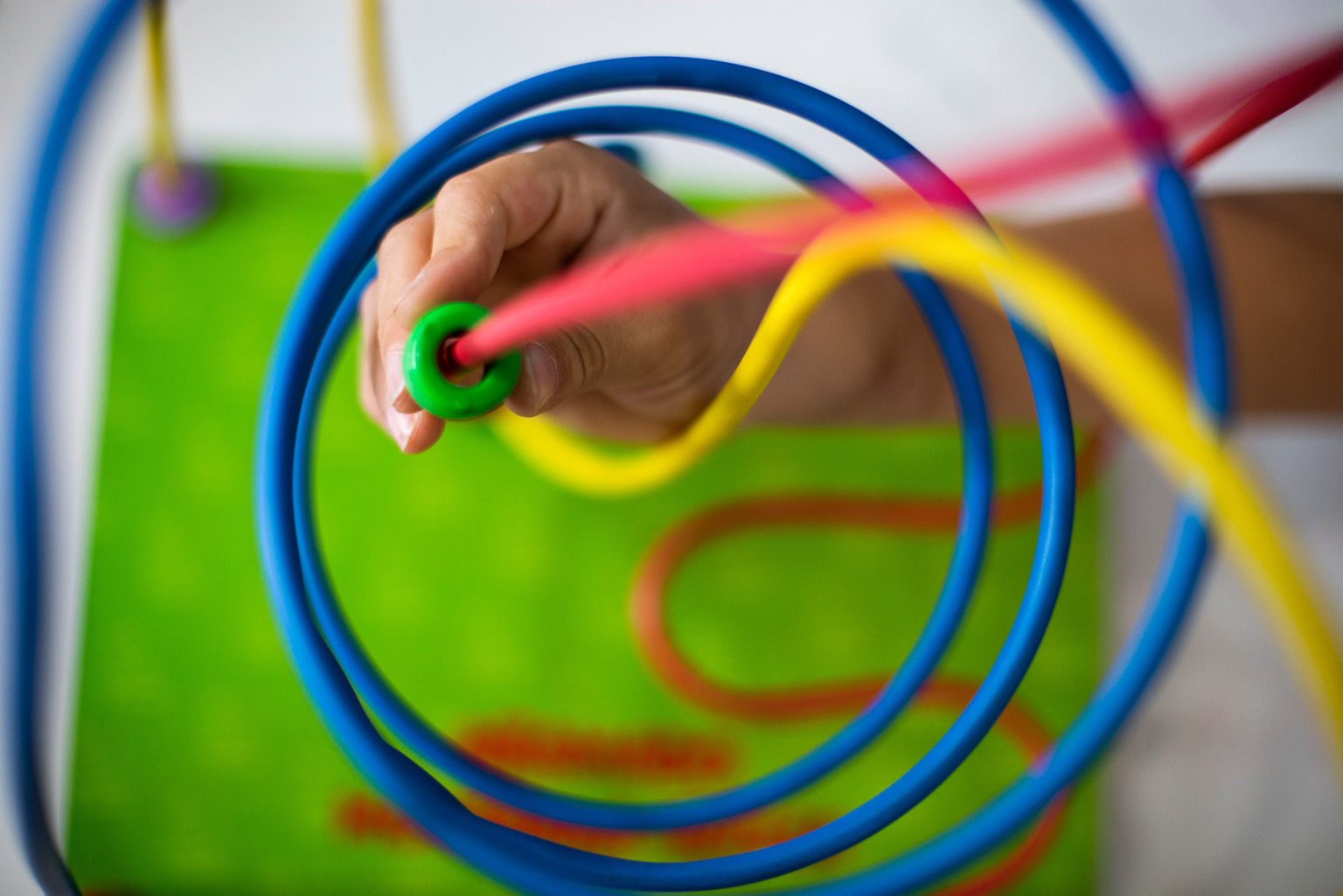
In 2021, the percentage of children and adolescents living in families with incomes below t
he extreme monetary poverty line (less than US $1.9 per day) reached the highest level in the last five years: 16.1%, x 13.8%, in 2017. In the case of food, the contingent of children and adolescents deprived of the income necessary for adequate food went from 9.8 million in 2020 to 13.7 million in 2021. In education, after years of decline, the illiteracy rate doubled from 2020 to 2022 – from 1.9% to 3.8%.
Multidimensional poverty has impacted more those who already lived in vulnerable situations – blacks and indigenous people, and residents of the North and Northeast regions – aggravating inequalities in the country.
Among the main deprivations impacting childhood and adolescence are lack of access to basic sanitation (21.2 million girls and boys), followed by deprivation of income (20.6 million) and access to information (6.2 million). These include lack of adequate housing (4.6 million), deprivation of education (4.3 million), lack of access to water (3.4 million) and child labor (2.1 million). Remembering that a person is deprived of more than one right at the same time.
UNICEF Recommendations
To reverse this scenario, UNICEF recommends:
- Prioritize investments in social policies;
- Expand the provision of services and benefits to the most vulnerable children and adolescents;
- Strengthen the Child and Adolescent Rights Guarantee System;
- Promote food and nutrition security for pregnant women, children and adolescents, ensuring the human right to adequate food and reducing the impact of hunger and malnutrition on the most impoverished families;
- Urgently implement policies for active school search and resumption of learning, especially literacy;
- Prioritize, within the respective management spheres, the water and sanitation agenda for the development and implementation of public policies;
- Implement ways to identify vulnerable families early, identify specific offers in the school environment and expand and strengthen social protection policy;
- Implement measurements and monitoring of the different dimensions of poverty and its deprivations by an official state body.


